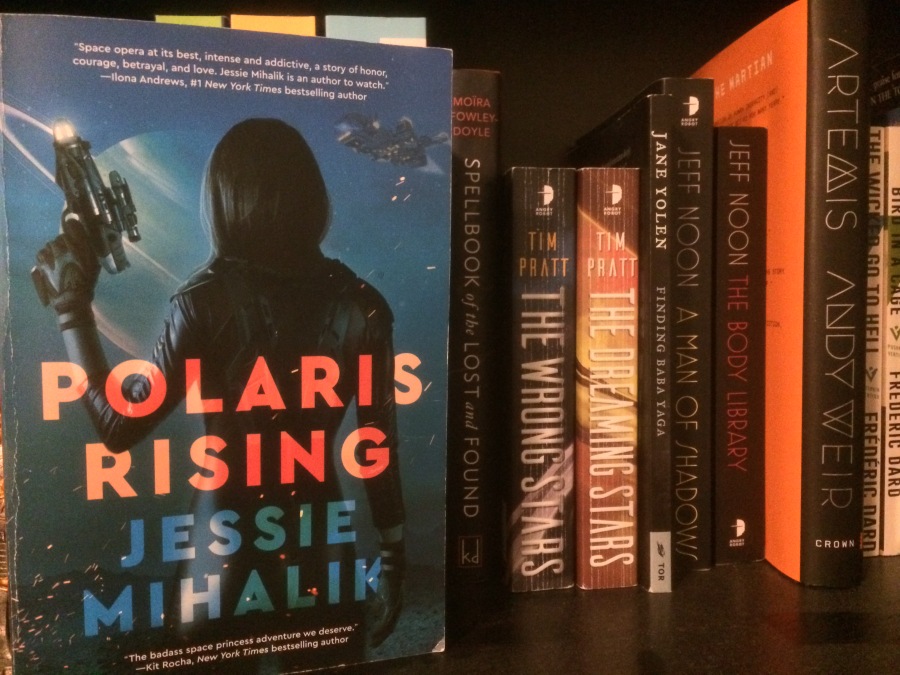Science-fiction is one of the most versatile genres of fiction around, capable of combining settings with any other tale. Science-fiction as a genre is also a bit of a misnomer. The average science-fiction story is not just science-fiction. Tales can be action films, adventure stories, romance, horror, and more. From Blade Runner to Black Mirror, from Polaris Rising to Foundation. Science-fiction can be defined by both fun and thoughtfulness, and there is always a place for a fun adventure that does not require readers to analyze every paragraph. Books like The Forbidden Stars, Tim Pratt’s third novel in the Axiom trilogy, show the importance of such escapism while also taking the opportunity to define a possible future. While entertaining, the novels also take some time to normalize behaviors and lifestyles, sexual orientations and body modifications. Science-fiction lets us see all futures and revel in them.









